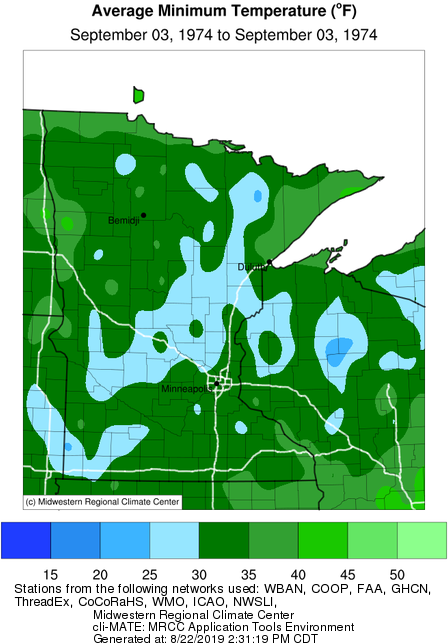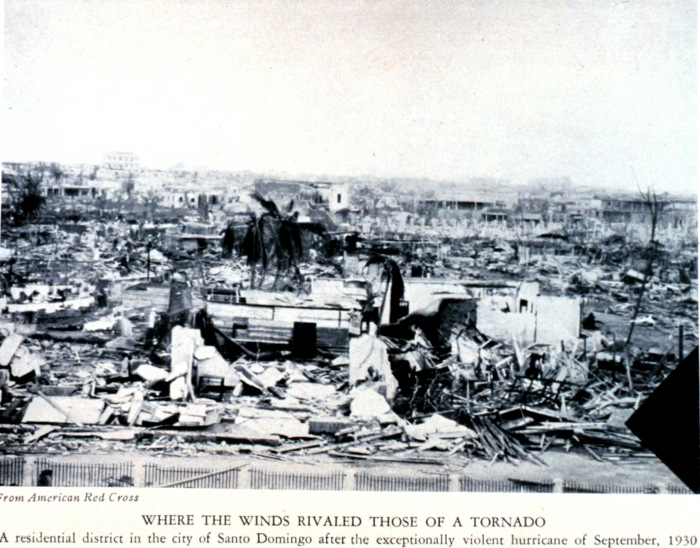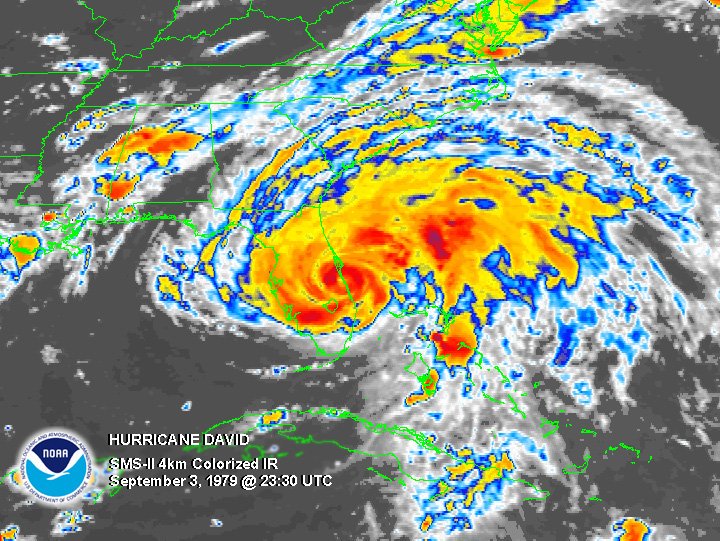
Heavy lake-effect and lake-enhanced snow will persist downwind of the Great Lakes and produce some whiteout conditions that could cause difficult travel conditions. A coastal low will produce moderate to heavy snow over parts of southern and eastern New England into the afternoon. Below average temperatures are expected across the eastern U.S., particularly with chilly morning temperatures. Read More >
Local and Regional Events:
September 3, 1974:
An early freeze occurred across Minnesota and Wisconsin as temperatures fell into the upper 20s to the lower 30s. The cold was the earliest freeze on record in some parts of the state ending the growing season. The most significant damage was to the soybean and corn crop. Damage estimates were more than $100 million.

September 3, 1999:
Training thunderstorms resulted in extensive flash flooding in a 30 to 40-mile wide band from Fort Pierre in southeast Stanley County to Hecla in northeast Brown County. Rainfall amounts in this corridor ranged from 3 to 7 inches. As a result, the communities of Blunt in Hughes County and Onida in Sully County were severely flooded. Most of the homes and businesses were inundated throughout Blunt and Onida causing severe damage. Only a few houses in these communities were spared from receiving water in their basements. Most homes also experienced sewer backup. The sewer systems in both Onida and Blunt were flooded and shut down. Many people had to go to temporary shelters as a result of the flooding. Aberdeen and Fort Pierre had a lot of street flooding resulting in road closures and detours. Also, several basements in Aberdeen and Fort Pierre had the sewer backup. The torrential rains flooded many township and county roads along with several state and U.S. highways. Sections of Highways 14, 20, 83, and 1806 along with many other roads in central and northeast South Dakota had to be closed due to the flooding. Many of the township and county roads had massive amounts of gravel washed away. Some bridges received minor damage with some culverts also lost. A few pets and livestock were also lost as a result of the flooding. Many acres of crops were flooded throughout the area. Some rainfall amounts included 3 inches at Fort Pierre, 4 inches at Hecla and in the Aberdeen Area, 5 inches at the Sand Lake Wildlife Refuge and Blunt, 6 inches at Seneca, 7 inches 10 miles southeast of Gettysburg and at Onida.
U.S.A and Global Events for September 3rd:
1821: Known as the 1821 Norfolk Long Island Hurricane, this storm ripped up the Mid-Atlantic and Northeast coast September 3 and 4 – coinciding with Labor Day (before the holiday was established). Click HERE for more information from AMS.
On this day in 1821, the "famous" Norfolk-Long Island hurricane occurred - "the only major hurricane to pass over New York City." It was probably a strong major hurricane when making landfall in N Carolina, but I have serious doubts it was a major when passing over New York. pic.twitter.com/roV8kKanp6
— Cary Mock (@cary_mock) September 3, 2018
1834: A strong hurricane made landfall near Georgetown, South Carolina.
On this date in 1834, a strong hurricane made landfall near Georgetown, SC. Maybe a major hurricane, but I never found enough good proof. pic.twitter.com/hjBGYytfFY
— Cary Mock (@cary_mock) September 3, 2017
1930: A Category 4 hurricane devastates the Dominican Republic on this day. This storm killed more than 8,000 individuals, which is it the fifth deadliest Atlantic hurricane on record. Click HERE for more information from the History Channel.
Cropped Version of September 3, 1930, Weather Map, Courtesy of NOAA.

The image above is courtesy of the NOAA Photo Library. http://www.photolib.noaa.gov/htmls/wea02216.htm
1970: During the early evening hours, amid a severe hailstorm at Coffeyville, Kansas, a stone 17.5 inches in circumference and nearly two pounds in weight was recovered. Average stone size from the storm was five inches in diameter, with another stone reportedly eight inches in diameter. This hailstone is currently the third-largest hailstone in the U.S. Click HERE for more information from the University Corporation for Atmospheric Research.

NCAR scientist Nancy Knight holds a hailstone that fell in Coffeyville, Kansas, in 1970. The largest hailstone ever documented, it weighs 0.75 kilograms (1.67 pounds) and spans 14.4 centimeters (5.67 inches).
1979: Hurricane David made landfall in south Florida as a Category 2 storm. It caused 15 deaths in the US. Hurricane David was a Category 5 over the Dominican Republic were over 2,000 people died.

Click HERE for more This Day in Weather History from the Southeast Regional Climate Center.